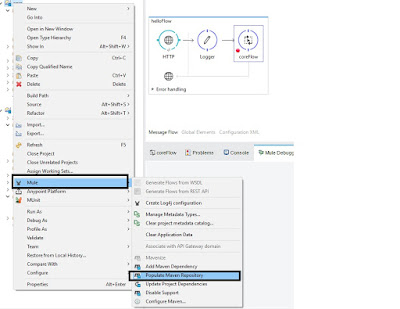Anypoint SSO Authentication with TwoFactorAuthentication(2FA) leading to Blank Page

If you are setting up Anypoint studio and trying to setup Anypoint plaform credentials in Studio with external Identity and 2FA leading to blank page. Resolution: Ensure that you clear browsing history of Microsoft edge(if this is your native browser) then change the browser option in anypoint studio under Window -->Preferences-->Anypoint Studio -->Browser choose option from built-in to Native .( as shown in screenshot)


